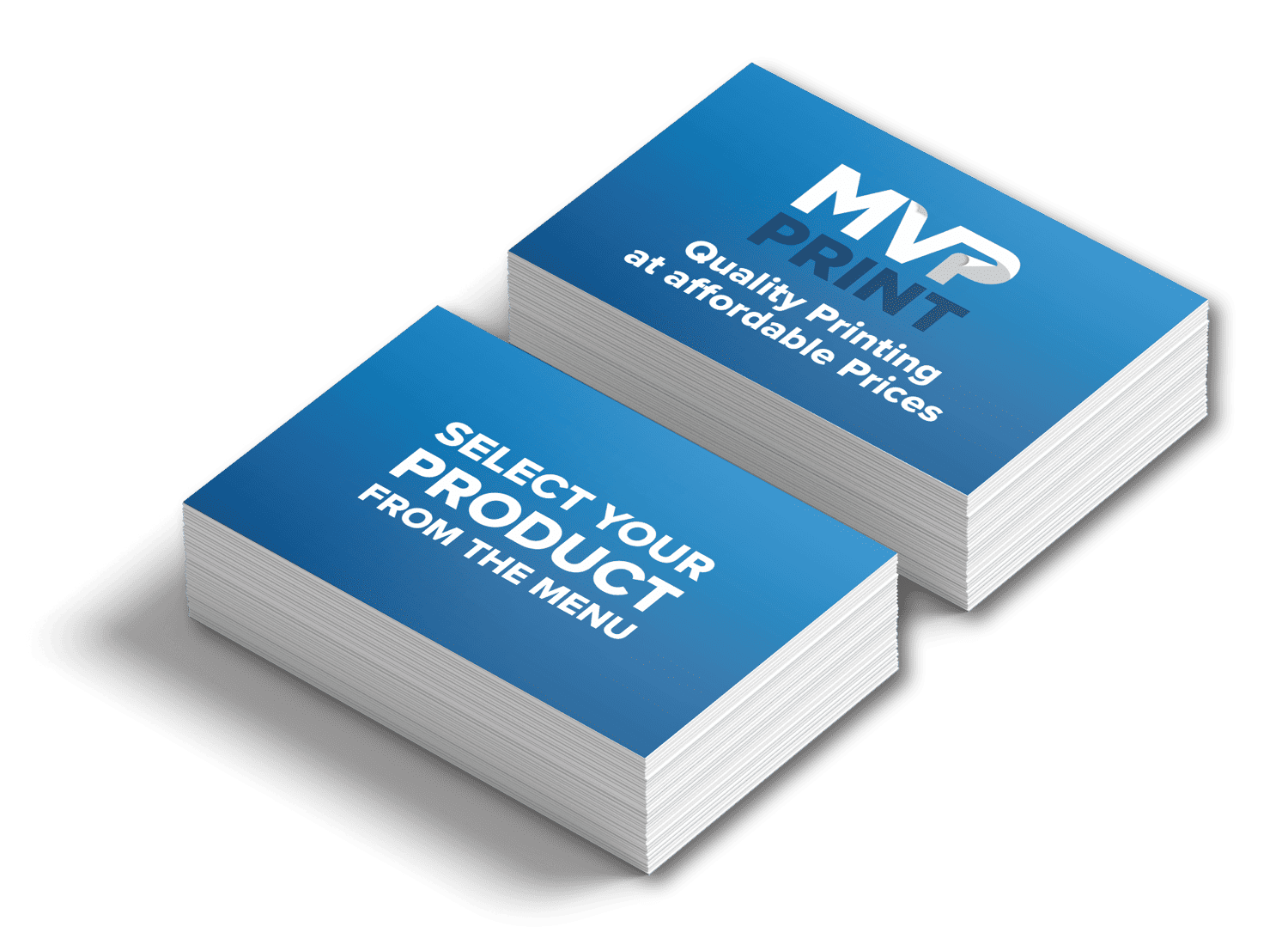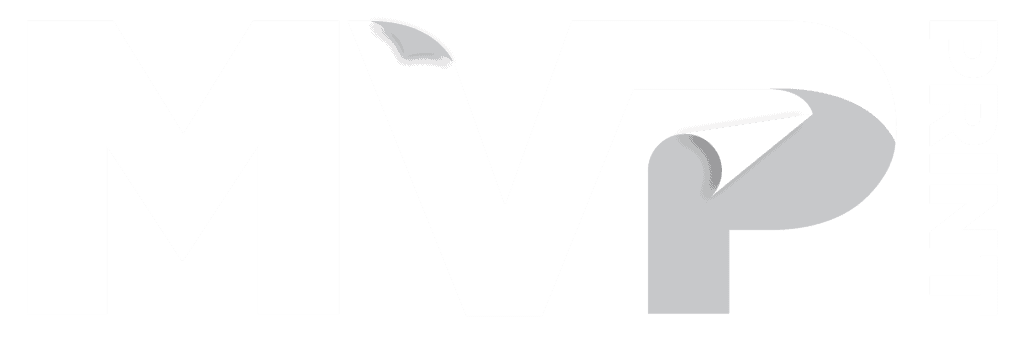Digital technologies infuse every part of our lives. We use digital devices for work, and for play – our phones are never far from our hands, we watch movies anywhere, at anytime with our iPads or Android tablets, and our laptops mean we can take our offices anywhere we go. We use digital devices to read, too. eBooks have been available on the market for some time now, and indeed there are devices – eReaders such as the Kindle or Kobo – devoted entirely to eReading.
eReaders, and digital devices in general, offer some substantial benefits over printed materials – they take up less space and are lighter, and so are easier to carry around. The cost of producing them is also less. For the consumer, it’s easier to access material – imagine trying to find a niche magazine in your local newsagency. You probably won’t be able to – if the newsagent carries the magazine at all, it will do so in such limited quantities that it might be sold out by the time you get there, and you’re better off finding it on an digital shelf on your iPad or Android tablet.
And yet, we’re seeing something fascinating happen when it comes to the reading experience and digital platforms; when it comes to reading, people are giving up their digital devices to go back to printed material. This isn’t happening in small numbers, either. Among major publishers, sales of eBooks dropped by 17 per cent in the UK, and 18.7 per cent in the US, while physical book sales increased by 7 per cent, and 7.5 per cent respectively.
These statistics are a good reflection of the global preference for printed reading material. Books are just one example of printed media. Content creators should note that the flight back to print among many consumers indicates that it still holds some very substantial advantages over digital content.
The impact of print
Recent studies have confirmed that people find information on printed material easier to process and understand, and can hold their attention for longer. Studies comparing the effect of a printed mailout vs a digital email campaign have found that:
Direct mail requires 21% less effort to mentally process than digital media. This means that it’s both easier to understand and more memorable for the reader. In real terms this means that after seeing a printed mailout, a person is 70% more likely to remember the brand they saw than after viewing a digital advertisement.
Paper advertising is proven to be more effective at activating the ventral straitum area of the brain.
The science into this goes deep, but the critical point is that paper advertising is successful at three things that digital advertising is not. Paper advertising creates an emotional reaction to the ad, it encourages the audience to place value on the product or service being depicted, and it creates a subconscious desire for the product or service. The only thing a digital advertisement was more effective at doing is keeping the audience’s attention sustained on the key components of the ad – likely because they were the interactive parts, which print can’t replicate.
You can communicate more complex ideas using print. Studies show that when people are reading content on a screen, they spend more time browsing and scanning, keyword spotting, non-linear reading, and reading selectively. In other words, they flit around and tend to divide their attention by whatever information pops up next. On the other hand, reading printed material tends to encourage in-depth, concentrated and sustained reading.
Printed material tends to last longer in a person’s mind – and their homes.
This is particularly true for more sustained material, such as magazines or books. A person’s library of digital content is such that existing information is very quickly “buried”. Even massive pieces of content, such as entire books, can end up listed on the sixth or seventh page of a person’s Kindle library, where it’s likely to be forgotten. A physical book, meanwhile, remains on the bookshelf in easy view every time the person walks past. A magazine will sit on the coffee table. The lifespan of printed material is simply healthier.
People simply find print more pleasurable.
Research suggests that reading digital material drains mental resources more quickly. In addition to making it harder to remember what a person’s just read, it also makes for a far less pleasurable – and more tiring – reading experience. We often attribute this to preferring the tactile, physical connection that a person has with printed material (and in some cases, the scent). Indeed there are studies that show that the tactile feel of being able to flip through a book, and the sense of control that it gives people, is a major benefit of printed material. The reality is that the “experience” value of printed material has everything to do with how digital reading is more demanding of its reader.
What all of this means for marketers
So much of the marketing landscape is now focused on getting as digital as possible, as fast as possible. And there are real and measurable benefits in digital marketing that print-based marketing just can’t replicate. Gaining quality analytics, for example, is impossible with print-based marketing. You might be able to gauge how many people see an ad or take a brochure, but you can’t track how they interact with that ad, whether that ad leads to a direct sale, and so on. Digital marketing provides marketers with rich analytics that they can then use to provide customers with highly targeted, one-to-one information. A brand can learn exactly what each individual customer likes, and they can send a targeting email featuring just those products. In contrast, a printed brochure needs to be generalist, and therefore it will contain information that any individual customer is not as interested in.
But given that brands are also keen to create an emotional engagement with customers, it would be a mistake to forgo printed material. Printed material enhances the relationship that a customer has with a brand and helps to keep it at the very forefront of the mind. Moreover, it’s an opportunity to present more information to customers, and deepen their engagement with the brand. In other words, printed marketing material is an opportunity to move the relationship with the customer away from something purely transactional, and offer something more meaningful to them, creating a “value adding” relationship with the customer.
Print is valuable across the whole spectrum of verticals and industries – smaller brands can use print to remain at the forefront of their customer’s minds. Larger brands can use print to reach a wide audience and communicate clearly with them. Be it brochures, mailouts, custom magazines, guidebooks or similar, be sure to dedicate some of the marketing budget to leverage the benefits of print.
Print is a fail-safe approach to marketing
For more information on how to effectively create and execute print marketing campaigns, be sure to contact us at MVP Print. Our expert team has worked on many print campaigns for customers across the entire spectrum, and can help at every stage of the design and execution of a print campaign.







